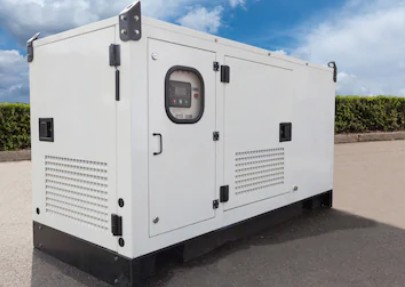
February 19, 2020 – As the world moves to a low-carbon future, a reassessment of how electricity is produced and distributed, and how backup systems are deployed including generators has become very topical. It is generators that keep the lights and HVAC systems working when the power grid is down, or when local distributed power fails. That makes them critical pieces of equipment in planning energy infrastructure.
Generators are complex pieces of machinery that have been around for more than 200 years. They are designed to convert mechanical energy into electricity. The earliest versions of them consisted of simple belts, disks, and plates that charged an electrode with high potential. These types of generators were used to power x-ray tubes and particle accelerators.
The English scientist Michael Faraday invented the Faraday disk in 1831. It was the first practical electromagnetic generator. How did it work? Faraday wrapped a tube in copper wire insulating it with cloth. He then hooked up the wire to a galvanometer which measured electric current. He then passed a magnet backward and forward through the middle of the tube to create this first generator. The motion of the magnet converted mechanical energy into electricity. And whether the energy source is water, steam, the sun, wind, oil, coal, or nuclear, almost all electric power today stems from Faraday’s discovery.
Today’s modern generator consists of an electrical generator and engine. The enclosure similar to the one seen in the above illustration usually contains a fuel supply, speed modulator, volt regulator, lubricant to reduce friction and wear, and cooling systems. The engine can be powered by natural gas, or propane, or the sun.
Solar Generators
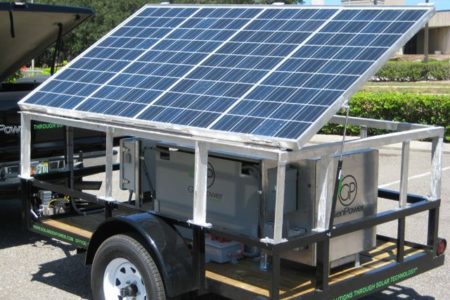
Solar generators like the portable one seen in the above picture are currently being made by a number of companies. They cost more than diesel-powered generators (compare prices on Krugerpower.com.au to see the difference) and suffer from the weakness that the energy they produce is powered by the sun which is an intermittent energy source. not be as efficient as diesel generators and cost more. And even though the cost of solar panels has dramatically dropped in the last decade, per unit energy cost currently is higher than in diesel-powered models. Solar generators, however, have some distinct advantages over their diesel competitors. Solar generators have fewer moving parts to wear out, and they are quiet. In time with new photovoltaic technology that even generates power when the sun is not shining, solar generators will become predominant.
Polymers and Thermoelectric Generators
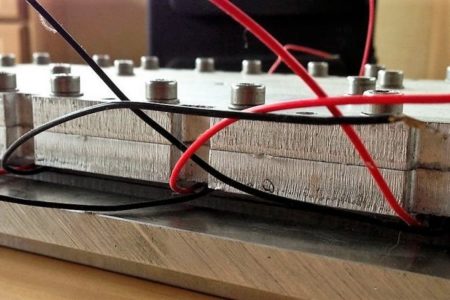
The stronger the generator, the more noise it tends to make, with moving parts the main culprit. Solid-state thermoelectric generators or TEGs, like the one seen in the image above, use inorganic polymer semiconductors. Polymers are proving to be a superior material with lower thermal conductivity and greater flexibility, making them less prone to damage. Large-scale generators require more cooling which adds to the cost. Polymers, however, need far less cooling per unit of power generated. That’s because the efficiency value of two different poles of semiconducting polymers proves to be much better than that of traditional diesel or propane-powered generators.
Currently, the United States Air Force is working on radial/adjustable power generators that can flexibly fit over pipes to capture waste heat and convert it to electricity. While such a thermoelectric generator may not provide the amount of power needed for large devices and appliances, it can easily be used for lighting and sensors. Expect thermoelectric generators to play an increasing role in the world of the Internet of Things (IoT) and in the next generation of telecommunication infrastructure such as 5G networks.
Nanogenerators and Triboelectricity
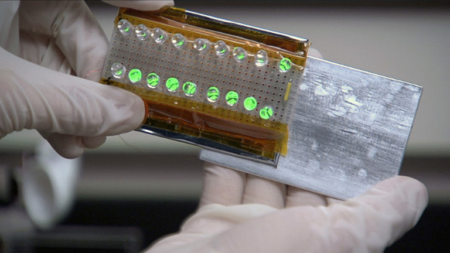
The electrical charge created from friction created by rubbing one material against another is called triboelectricity. You know it as static electricity, the spark that happens when you walk across a carpet and then touch a metal object. Unstable and hard to measure, this form of electricity is being combined with nanotechnology to produce power for small electronic devices. The first prototype of a triboelectric generator used foot tapping as the energy source for creating electricity. Since foot-tapping can be considered a variable source of power for electrical devices, the triboelectric generator was linked to a capacitor that stored the energy which then was passed along to power a small device. With 5 foot taps, the triboelectric generator produced enough to power a wireless lock. Other triboelectric generator applications could include powering heart monitors, temperature sensors, watches, and small transmitters. Researchers are currently working on ways to make triboelectric generators that use ambient energy sources like waves, wind, taps on keyboards, and even tire rotations to produce electricity.
Photobiological Cells
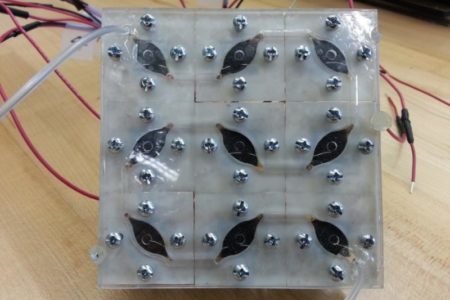
Scientists are trying to produce higher electrical voltage from solar cells efficiently. One way is to use photobiology. Photobiological cells combine the properties of biological processes and photovoltaics. This is a new field called biological photovoltaics or BPV. It attempts to mimic and improve upon natural photosynthesis and involves the use of biological photosynthetic material to capture light and directly convert it to electrical power. BPV systems are described as living solar panels like the one running on algae in the image above. Researchers at the University of Cambridge are employing a variety of biological materials including whole algal or cyanobacterial cells or purified photosynthetic sub-cellular membranes to convert light directly into electricity. While it may be as of yet early in development, BPV cells are bound to revolutionize solar generators producing energy at a lower cost with no negative impact on the environment.
So the generator you may have purchased to provide electricity to your home during blackouts is just the tip of a much bigger industry. And in the near future, the generator you buy may run on algae rather than diesel or propane fuel. With more householders looking at off-the-grid power solutions, and a new generation of generators that are cheaper and greener, the future for this technology seems very green and bright.















